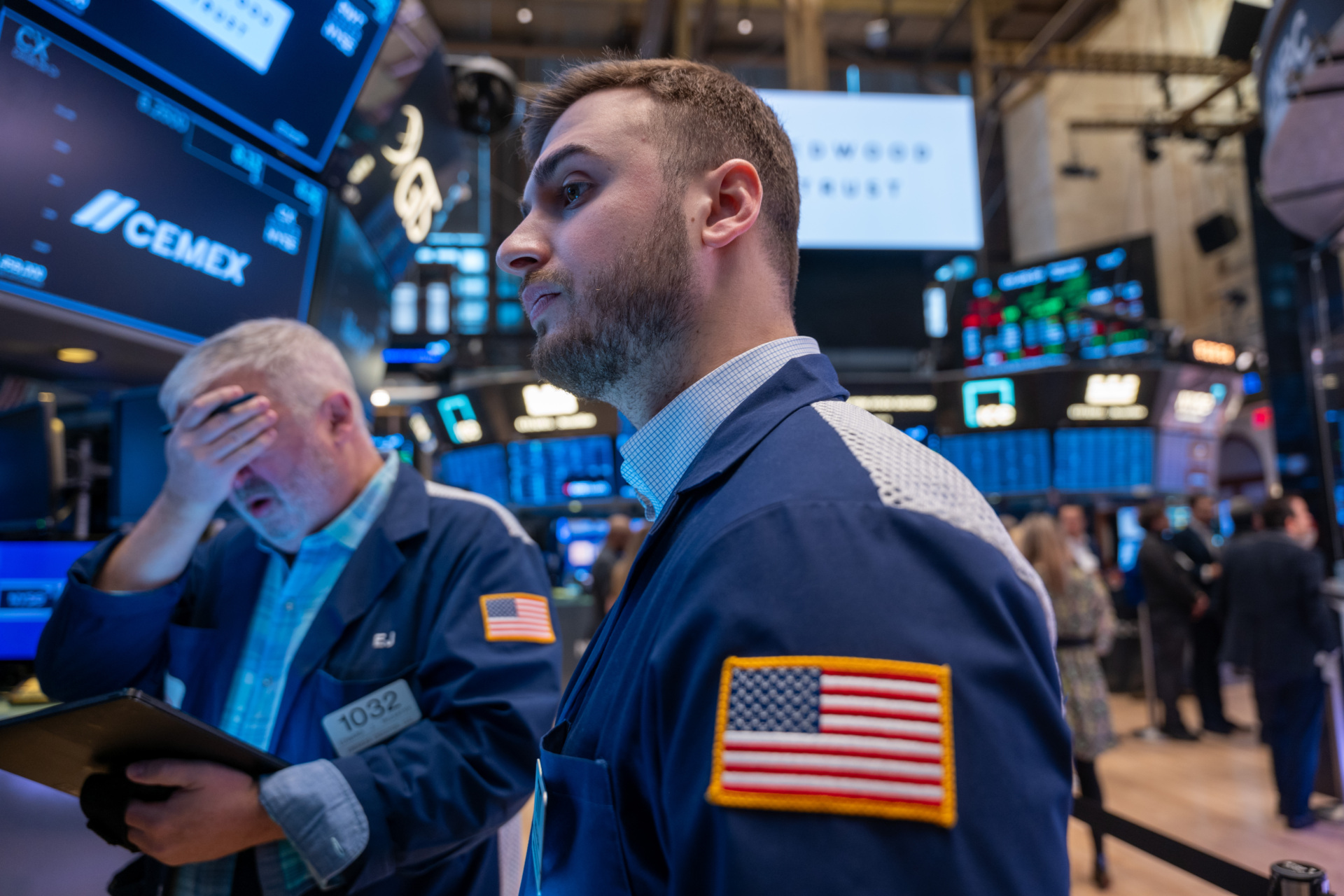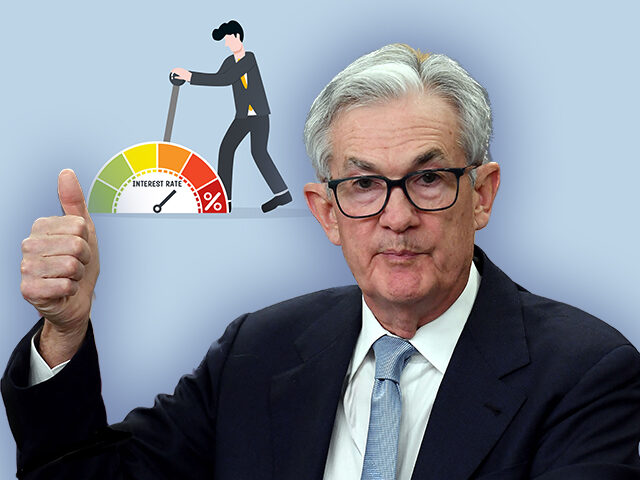The Fed’s Rate Cut Plans Look Less Steady Than They Did in December
It has begun.
The latest dispatch from the Federal Reserve left the expected path of interest rates over the next year unchanged. Yet it hinted at a potentially tumultuous shift beneath the calm facade, a shift to a higher rate of interest over the long term.
The Fed’s Summary of Economic Projections (SEP), a document that serves as both a compass for markets and a mirror of the thinking of our central bankers, showed that Fed officials still expect 75 basis points of cuts between now and the end of the year. This matched the median view in the prior SEP, released back in December.
Despite that placid facade, just below the surface there were subtle changes even in the near-term view. The range of expectations for the year-end fed funds rate shifted into higher gear as the doves became less dovish. The upper end of the range remained at 5.4 percent, but the bottom end ascended 50 basis points from 3.9 percent to 4.4 percent.
The SEP also reports what it calls the “central tendency” of the forecasts of Fed officials. Although the financial media tends to focus on the median, Fed officials themselves seem to regard the central tendency as the more important indicator. It is calculated by excluding the three highest and three lowest forecasts of officials. Back in December, the central tendency for this year’s fed funds forecast ran between 4.4 percent and 4.9 percent. In the most recent version, it runs from 4.6 percent to 5.1 percent.
Looking into the so-called dot plot, often criticized by Fed officials yet pored over like sacred text by Wall Street, we can see that the Fed actually came very close to moving the median up. Back in December, six officials forecast a year-end fed funds rate of 4.6 percent, five dots came in lower, and seven came in higher. This time around, nine came in at 4.6 percent, nine came in higher, and just one came in lower. One more vote moving upward would have shifted the median to a forecast of just 50 basis points of cuts.
The Downward Path for Rates Looks Shallower
The more important shift, however, comes when the Fed’s gaze extends further out into time and sees higher rates than had been forecast at the end of last year. The expected policy rate for the end of 2025 is now 3.9 percent, up from 3.6 percent, signaling one less expected quarter-point cut. The expectation for 2026 is 3.1 percent, up from 2.9 percent.
Most surprisingly, the median view of the longer run rate actually increased. This has been stuck at 2.5 percent since 2019, only deviating with a dip downward once. This time around it crept up to 2.6 percent. The dot plot tells us that this happened because the number of Fed officials projecting a higher longer run rate moved up from seven to nine, while the number projecting a slightly lower rate dropped from three to one.

Traders work on the floor of the New York Stock Exchange (NYSE) on March 20, 2024, in New York City. The Dow was up slightly in late morning trading as traders analyze the Federal Reserve’s latest decision on interest rates. (Spencer Platt/Getty Images)
While the shift is small, it augurs something larger and highlights a shift that has been going on mostly unnoticed. Two years ago, there were just three dots above 2.5 percent, and the highest dot was at 3.25 percent. The performance of the economy through this era of rising rates suggests that businesses, workers, and consumers can withstand much higher interest than previously thought.
It’s likely this northward migration of Fed officials will continue, albeit gradually. The long-run fed funds rate is likely to continue to creep upward as central bankers come around to the view that the neutral rate of interest is higher than what they had been projecting over the past several years.
A New Era for Interest Rates
Federal Reserve Chairman Jerome Powell was characteristically cautious at the press conference on Wednesday, but he made it clear that there’s a lot of uncertainty around rates in the longer run:
In terms of are rates going to be higher in the longer run, if that’s really your question, I don’t think we know that. I think it’s—we think that rates were generally low during the prepandemic, post-global-financial crisis era for reasons that are mostly, you know, important, slow-moving, large things like demographics and productivity and that sort of thing, things that don’t move quickly.
But I don’t think we know. I mean, my instinct would be that rates will not go back down to the very low levels that we saw where all around the world there were long-run rates that were at or below zero in some cases. I don’t see rates going back down to that level. But I think there’s tremendous uncertainty around that.
In essence, while the Fed’s immediate stance remains steady, the subtle upward tilt in its rate projections underscores a deeper narrative: the recognition of a changing economic landscape and the necessity to adapt our monetary policy framework to a new era of higher growth, higher employment, higher inflation, and higher rates.

COMMENTS
Please let us know if you're having issues with commenting.